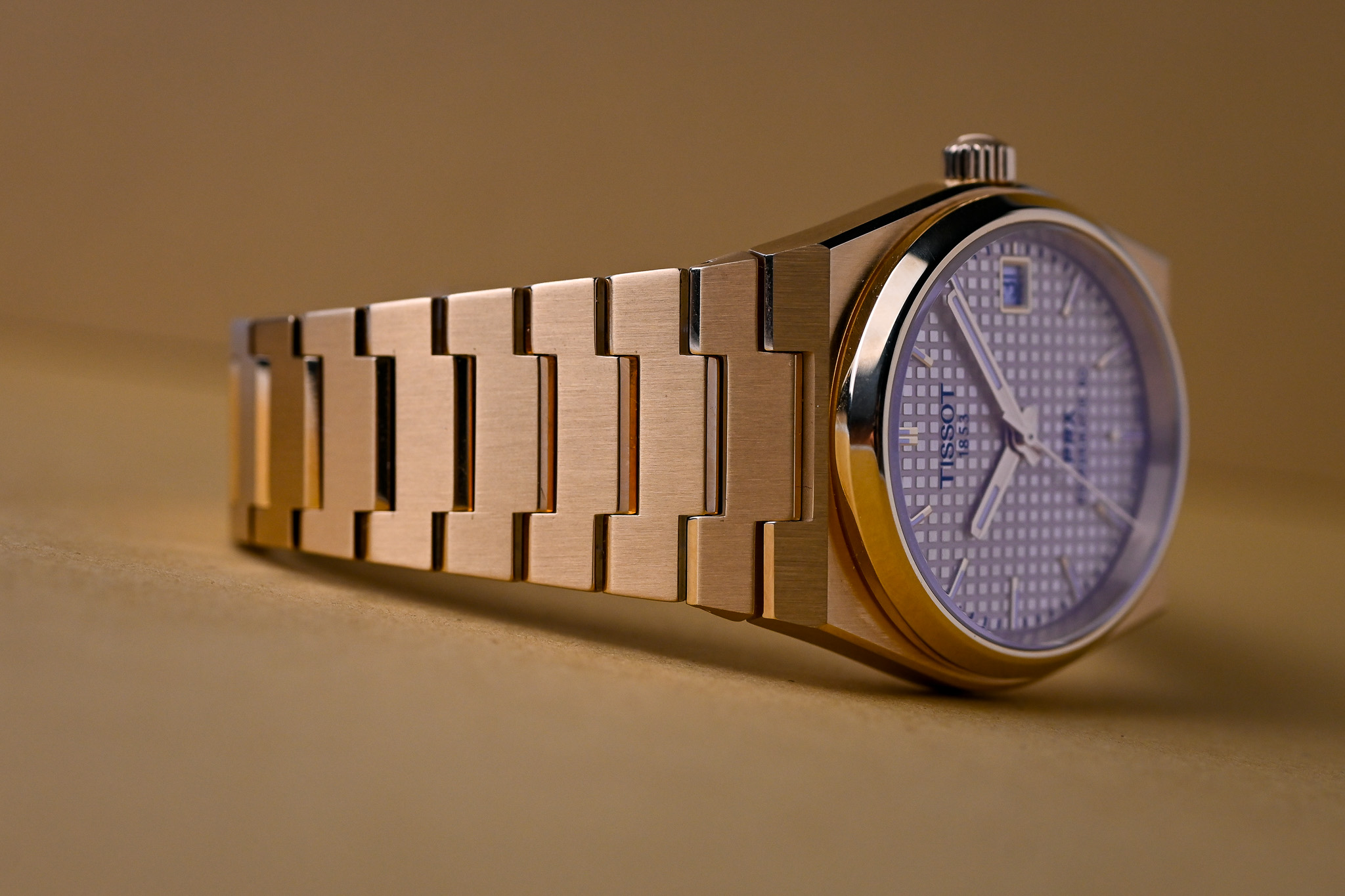When it comes to Swiss automatic watches, movement technology is what sets one timepiece apart from another. Among modern innovations, the Powermatic 80 movement by Tissot has gained global recognition for offering extended power, precision, and reliability at an accessible price point. But how does it truly compare to standard automatic movements found in many watches? Let’s break down the key differences you should know before making your next watch purchase.
1. Power Reserve
-
Powermatic 80: As its name suggests, the Powermatic 80 offers an impressive 80-hour power reserve. That means you can take off your watch on Friday evening and it will still be running smoothly by Monday morning.
-
Standard Automatic Movements: Most traditional Swiss automatic calibers provide between 38–48 hours of power reserve, which usually requires more frequent wear or winding.
👉 Advantage: Powermatic 80, especially for those who rotate watches in their collection.
2. Accuracy and Precision
-
Powermatic 80: Features advanced regulation systems, and in some versions, a silicon balance spring that improves resistance to magnetic fields and temperature changes. This leads to more consistent accuracy over time.
-
Standard Automatic Movements: While reliable, many conventional calibers are more susceptible to magnetism and environmental factors, which can slightly affect precision.
👉 Advantage: Powermatic 80, thanks to its upgraded technology.
3. Frequency and Smoothness
-
Powermatic 80: Runs at a lower frequency of 21,600 vibrations per hour (vph) compared to the 28,800 vph found in many standard automatics. This slower beat rate reduces wear and tear on components, which contributes to longevity and extended power reserve.
-
Standard Automatic Movements: Operate at higher frequencies (28,800 vph), which provides a smoother sweeping second hand but consumes more energy, shortening power reserve.
👉 Trade-off: Standard automatics may look smoother, but the Powermatic 80 is engineered for efficiency and durability.
4. Durability and Maintenance
-
Powermatic 80: The movement is designed with efficiency and robustness in mind. Its anti-magnetic properties and reduced frequency help lower long-term wear. Some versions are COSC-certified, ensuring chronometer-level performance.
-
Standard Automatic Movements: Proven over decades, they remain highly durable but may need more frequent servicing due to higher wear on moving parts.
👉 Advantage: Powermatic 80 for modern wearers seeking lower maintenance.
5. Price and Accessibility
-
Powermatic 80 Watches: Tissot has made Swiss precision more affordable, offering watches equipped with this movement typically in the $600–$1,000 range.
-
Standard Automatic Watches: Prices vary widely, but comparable Swiss automatics from other brands often start higher, depending on design and features.
👉 Advantage: Powermatic 80, for delivering advanced features at an accessible price point.
Final Thoughts
When comparing the Powermatic 80 vs. standard automatic movements, the differences are clear. With its 80-hour power reserve, anti-magnetic technology, and accessible pricing, the Powermatic 80 stands out as a true game-changer in modern watchmaking. While standard automatic movements remain classics with smoother second-hand motion, the Powermatic 80 offers practical benefits that cater to today’s lifestyles.
For anyone seeking a reliable, innovative, and stylish Swiss watch without breaking the bank, the Tissot Powermatic 80 collection is one of the best options available.
